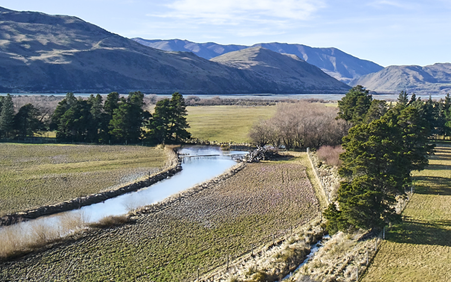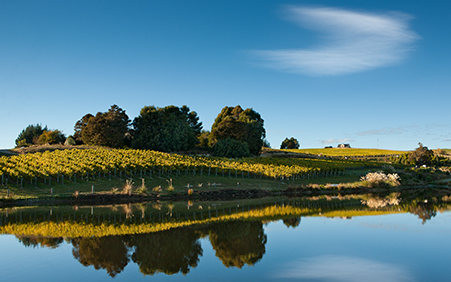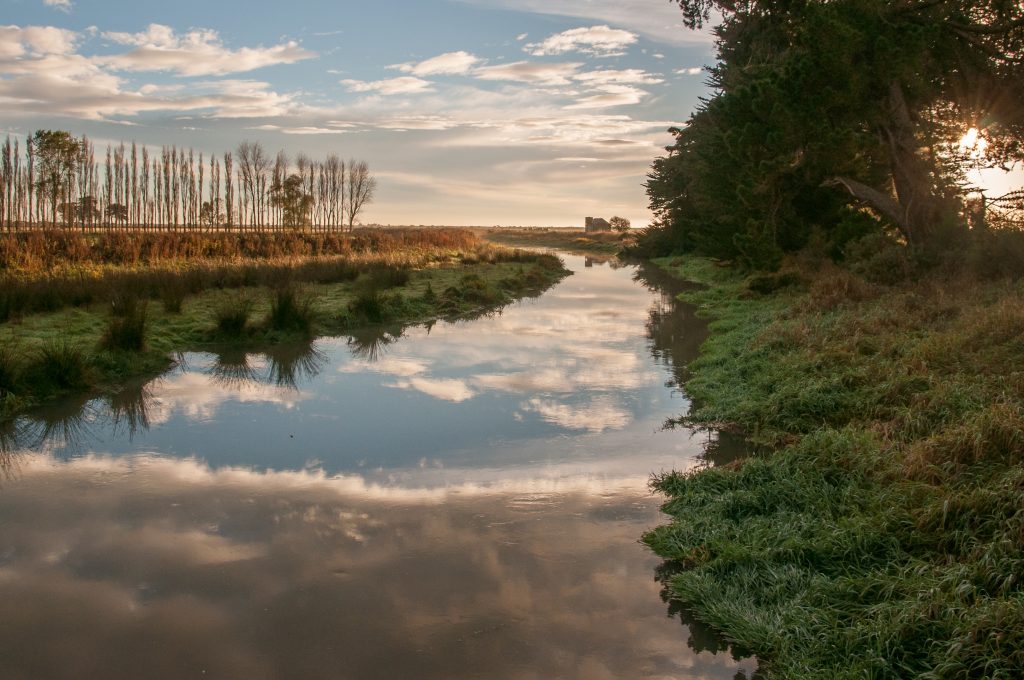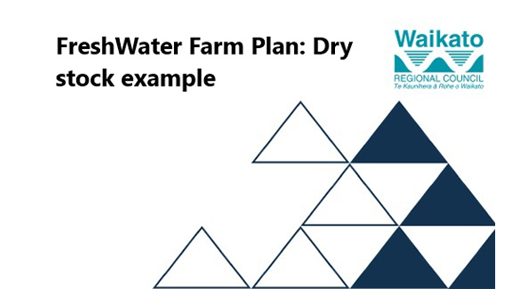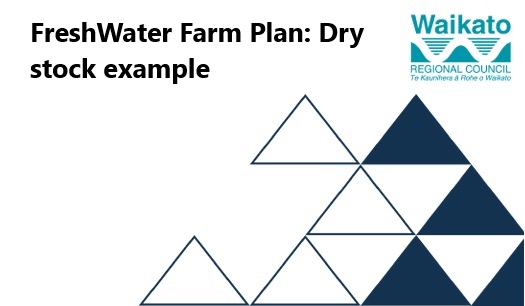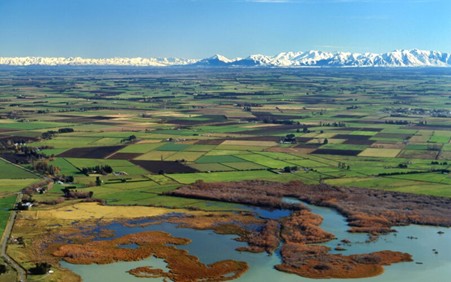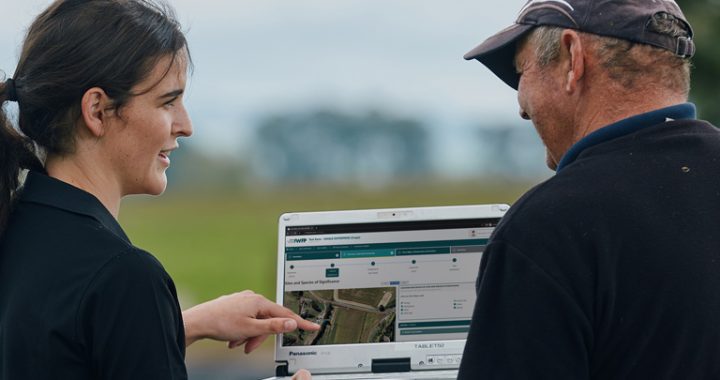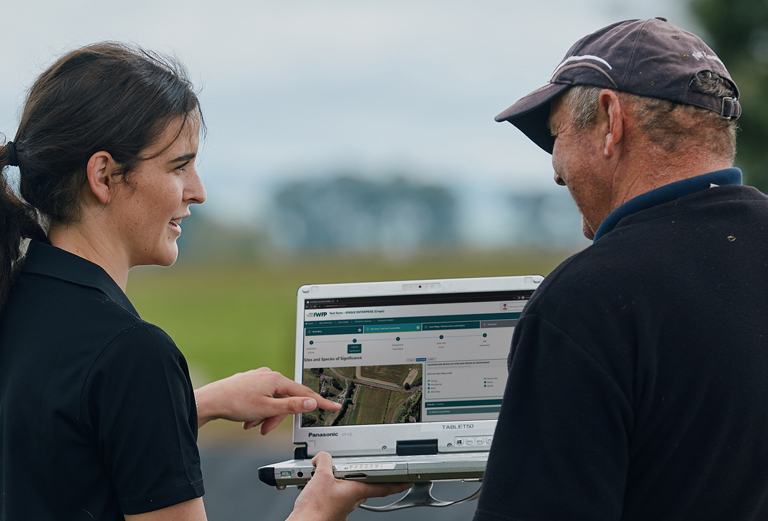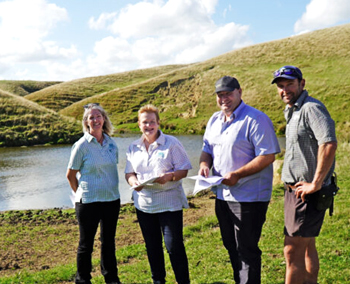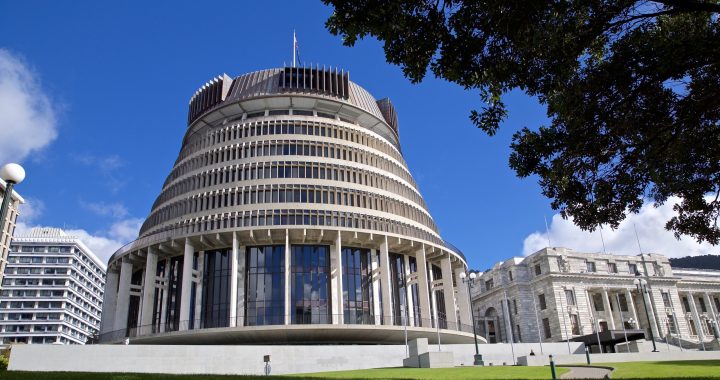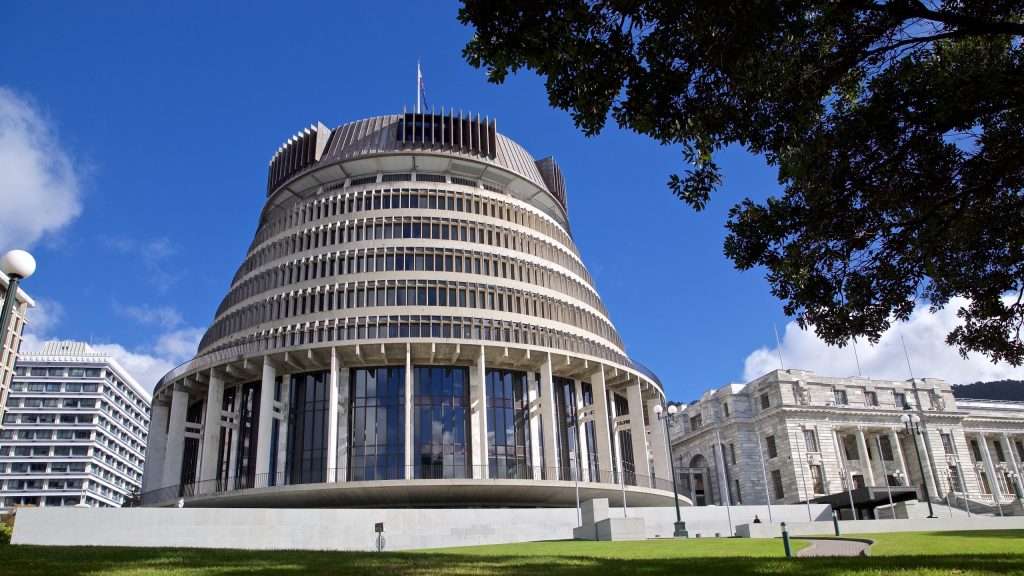Government announces major planning reform – what it means for Freshwater Farm Plans
The Government has announced it will replace the Resource Management Act (RMA) with a new planning system aimed at reducing compliance costs and giving farmers more certainty, while still protecting the environment.
Two new pieces of legislation will replace the RMA:
- A Planning Bill – focused on land use and development.
- A Natural Environment Bill – focused on managing environmental impacts and protecting natural resources.
The new system is intended to be simpler, more practical, and more aligned with on-farm realities.
Key changes relevant to farmers and advisors include:
- Freshwater Farm Plans play a bigger role: Freshwater Farm Plans are intended to become a key compliance tool under the new system. Well-implemented plans should reduce the need for resource consents and give councils greater confidence that environmental risks are being managed, particularly in catchments under pressure.
- Less red tape: Fewer activities will require resource consent, and approval processes are expected to be faster.
- Simpler, more consistent rules: Greater use of standardised regional rules should make it clearer what applies to individual farms.
- Risk-based regulation: Lower-risk activities and areas will face fewer requirements, while higher-risk activities will be more closely managed. Activities with less than minor environmental effects may not require consent.
- Greater flexibility: Farmers may be able to seek relief where planning rules significantly limit land use.
The Government has emphasised that Freshwater Farm Plans will be flexible and farmer-led, focusing on identifying risks and setting practical, on-farm actions rather than prescriptive rules.
The new legislation will be introduced to Parliament shortly, with the aim of passing it into law in 2026. There will be opportunities for public input through the Select Committee process, and national standards will be rolled out in stages once the system is in place.
Farmers and advisors should expect further detail as the legislation progresses, and we will keep you updated here as it comes to light.
